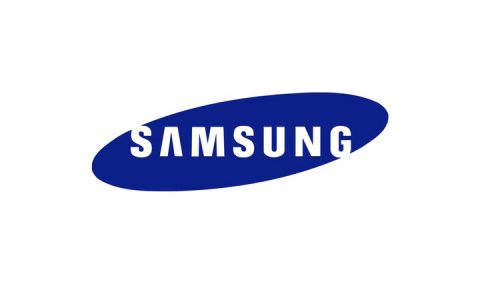分类
最新AR/VR行业分享
- ★ 映维日报:XREAL再筹资1亿美元,歌尔发布MR头显参考设计 2026年1月9日
- ★ Meta推出Spatial Simulator,在Android Studio直接模拟测试Horizon OS应用 2026年1月9日
- ★ 助力AR眼镜普及,光峰科技亮相三款LCoS AR光机 2026年1月9日
- ★ 估值超10亿美元,XREAL宣布再筹资1亿美元 2026年1月9日
- ★ 赋能下一代AI眼镜,TDK宣布成立系统解决方案公司TDK AIsight 2026年1月9日
最新AR/VR论文
- ★ Causal-Aware Intelligent QoE Optimization for VR Interaction with Adaptive Keyframe Extraction 2025年11月5日
- ★ Flow-Aware Diffusion for Real-Time VR Restoration: Enhancing Spatiotemporal Coherence and Efficiency 2025年11月5日
- ★ EgoWorld: Translating Exocentric View to Egocentric View using Rich Exocentric Observations 2025年11月5日
- ★ Omnidirectional Video Super-Resolution using Deep Learning 2025年11月5日
- ★ MobileHolo: A Lightweight Complex-Valued Deformable CNN for High-Quality Computer-Generated Hologram 2025年10月16日
最新AR/VR行业招聘
- ★ Microsoft AR/VR Job | High Performance Compute, Director 2025年6月5日
- ★ Microsoft AR/VR Job | Data Center Technician/ Technicien de Centre de Données 2025年6月3日
- ★ Microsoft AR/VR Job | Senior Product Designer 2025年5月16日
- ★ Apple AR/VR Job | AirPlay Audio Engineer 2025年3月27日
- ★ Apple AR/VR Job | iOS Perception Engineer 2025年3月27日

